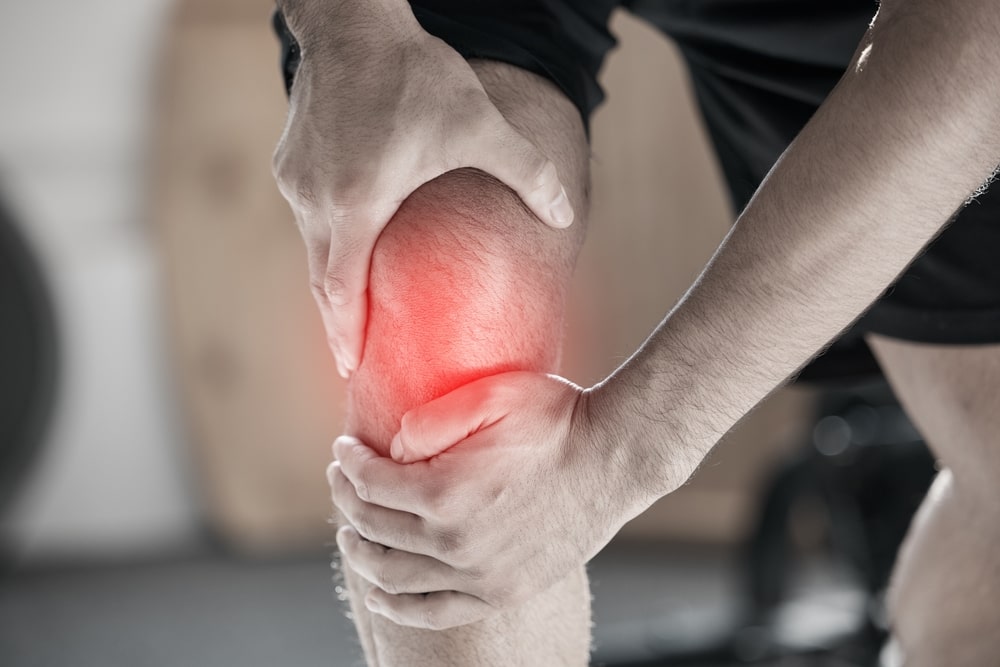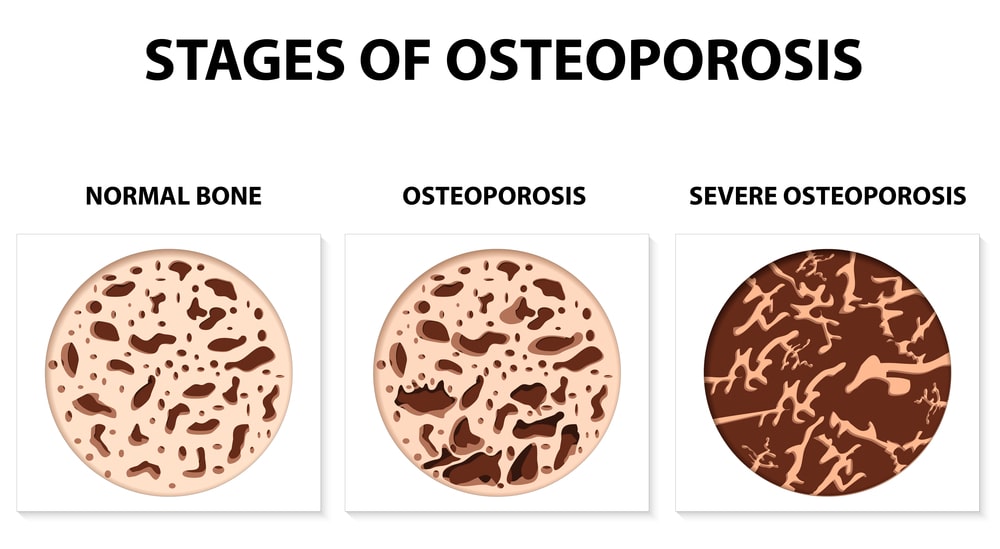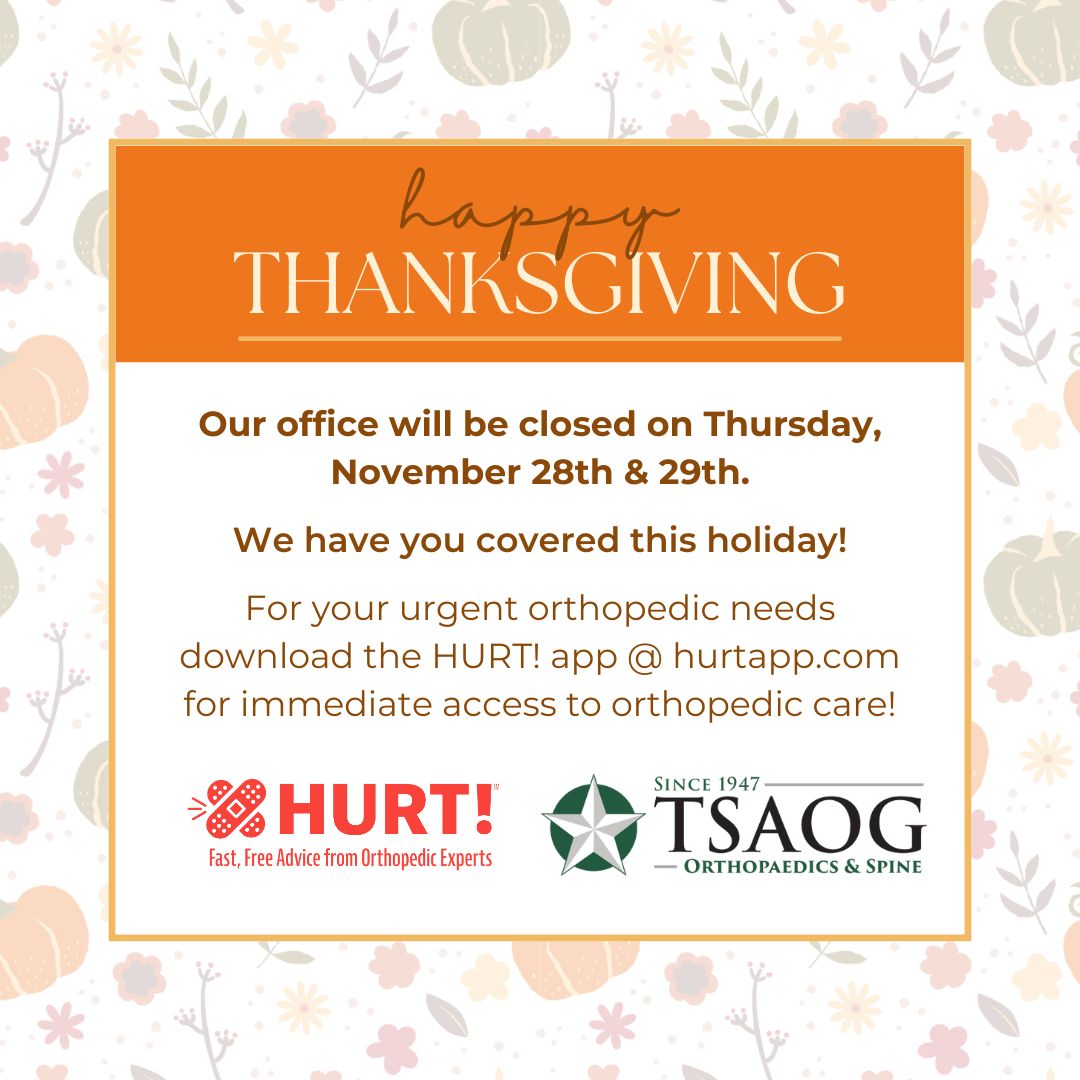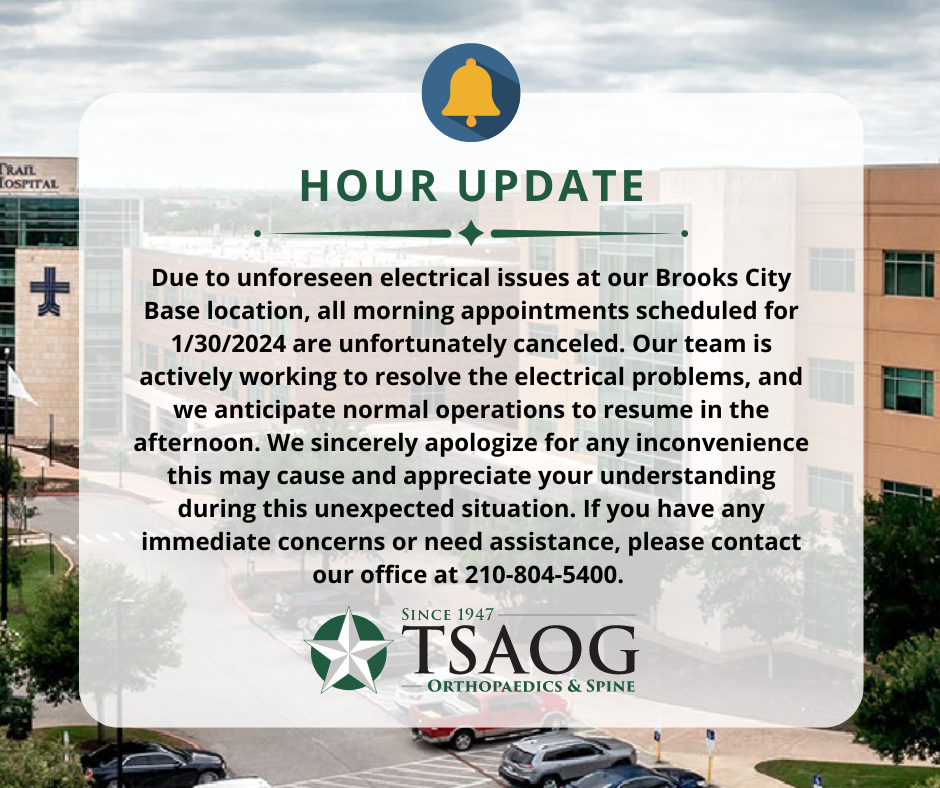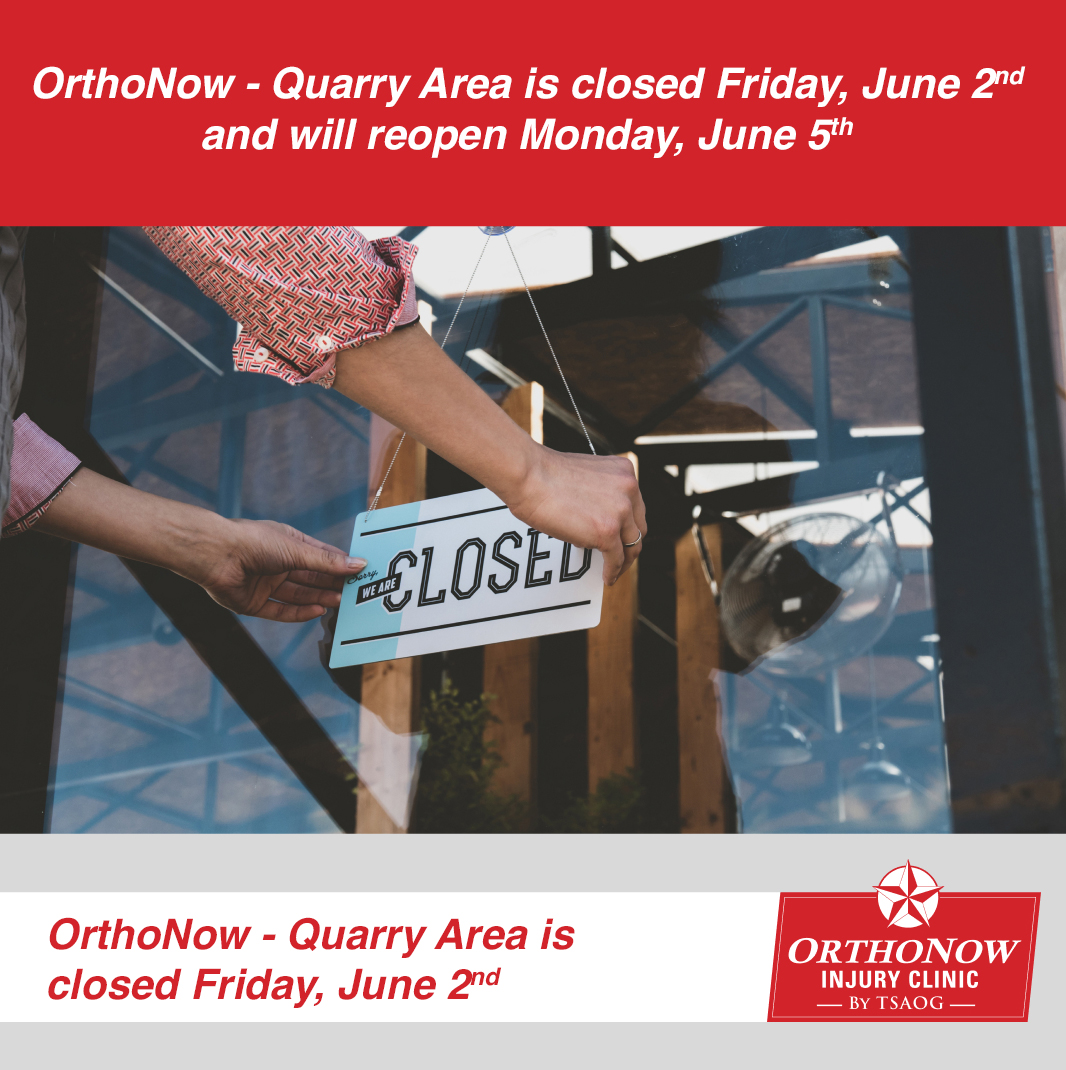Knee pain can be caused by a variety of injuries or conditions. Some main factors that cause this are from age, injury, or activity. But how much pain is too much pain before you reach out to a doctor for help? Even when you decide to go see someone, who do you see? This article is meant to help you not only determine when it’s time to see a specialist, but also which specialist is the right fit for you.
Common Causes of Knee Pain
Aside from the pain in your knee, some symptoms of knee pain include redness of the skin, inflammation, swelling, and trouble walking, running, or other daily activities. A few common causes for knee pain as mentioned before are most likely from injury or general use through aging. Knee pain can be categorized into two types, acute pain or chronic.
Acute knee pain is sudden and usually occurs after an injury or event. This is typical amongst athletes or people who live active lifestyles. Common knee injuries that occur suddenly are ligament tears, hyperextensions, and bruising.
Chronic knee pain is something that has built up over time and leads to discomfort while doing daily activities like walking or sitting down. Some chronic issues that cause knee pain are arthritis, tendinitis, or prior knee injuries.
Click here to watch Dr. Emmanual Nwelue, Jr. review different types of knee pain and who to see for that pain.
When to See a Doctor for Knee Pain
Deciding if the trip to the doctor’s office is worth it is always a difficult decision. However, managing injuries before they worsen or get out of hand is very important before long-lasting damage can take place. So we recommend a few tips before scheduling your appointment with a physician.
In the case of a sudden knee injury, we suggest ice, rest, elevation, or anti-inflammatory medications to ease the pain. If these methods do not help after a period of time, we suggest scheduling an evaluation. However, if you are unable to bear weight on your knee after the injury we recommend seeing a specialist as soon as possible as the injury could be more serious.
If you have had knee pain for a longer period of time and it will just not go away, we recommend scheduling an appointment with a specialist to see if it is an issue that can be fixed through injections, physical therapy, or even surgical intervention.
Urgent injury orthopedic clinics like OrthoNow are perfect for sporting or accidental injuries that take place after hours. If you’ve had a sudden injury and need to be seen immediately, schedule an appointment or walk-in today!
What Doctor to See for Knee Pain
Knee pain is a general diagnosis and, as a result, can be hard to determine which specialist to see. Two types of orthopedic physicians specialize in injuries related to the knee, these are sports medicine and joint replacement specialists.
A few common injury spots that a sports medicine specialist sees are knees, hips, shoulders, and ankles. In the case of a knee injury, sports medicine specialists can help with the treatment of traumatic injuries like ACL, MCL, or PCL tears, knee dislocations, and meniscal injuries. A common question that most people have is, “Do you have to be an athlete to see a sports medicine special?” The answer is no, you don’t have to be an athlete. The reason they are referred to as sports medicine specialists is because most of the injuries that they see are a result of physical activities.
Schedule an appointment with a Sports Medicine Physician today!
On the other hand, a joint replacement specialist usually sees patients who are dealing with chronic injuries like arthritis. These patients usually are treated with injections or even physical therapy, depending on their condition. However, if these treatment options are not helping with their overall knee pain, knee replacement surgery is recommended. The goal of a knee replacement would be to get patients back to living their daily lives pain-free.
Schedule an appointment with a Joint Replacement Physician today!
Determining when you need to get seen for your knee pain can be difficult. But rather than putting it off, remember to properly assess yourself and determine when it is right for you to seek out medical attention using the information provided. If you are looking for help with your knee pain, TSAOG Orthopaedics & Spine can help diagnose your condition and provide treatment options to deal with your pain. TSAOG offers experienced providers to help aid in your care that include in-house x-ray, casting, physical therapy, injections, and surgical options. Schedule an appointment using our self-scheduler today.
